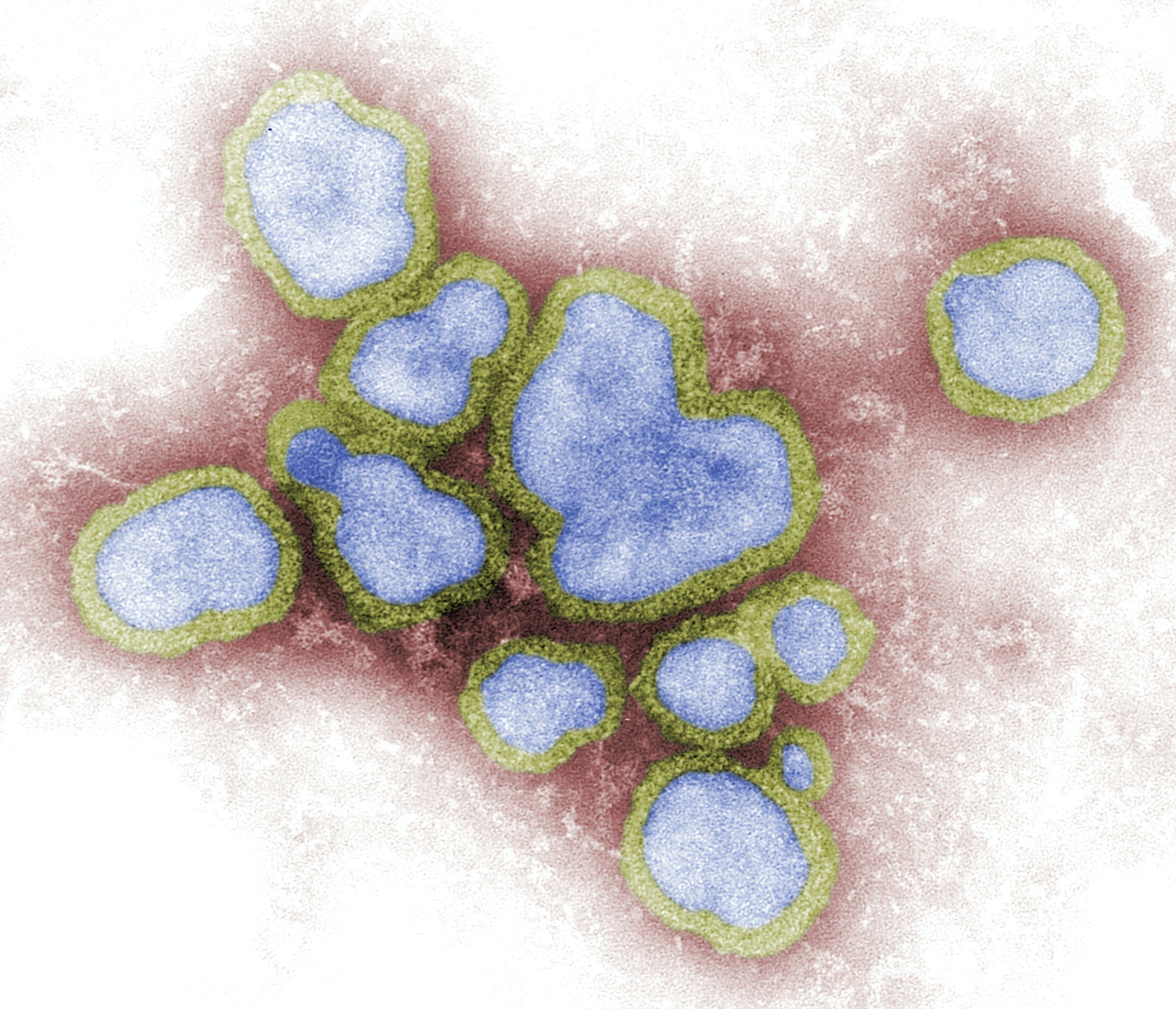
Comparison of High Dose vs Standard Dose Influenza Vaccines in Lung Allograft Recipients
Principal Investigators: Natasha Halasa, MD MPH (Main PI), Abhijit (Ajit) Limaye, MD (Site PI) and Cynthia Fisher, MD MPH(Co-I)
Sponsors: Vanderbilt University Medical Center
Study Design: Phase II, multi-center, randomized, double-blind, controlled immunogenicity and safety trial
ClinicalTrials.gov ID: NCT05215327
This phase 2 multi-center, randomized, double-blind study compares three different flu vaccine regimens in lung allograft recipients, to understand vaccine strategies and immune responses and better guide vaccine recommendations in the early post-transplant period.
Status: Currently in its first year of enrollment, this study targets to enroll approximately 270 subjects over at least a three-year period at all five sites.
Study Sites
Background
Lung transplantation is a life-saving therapy for patients with advanced lung disease and is associated with an improvement in quality of life. However, due to the need for life-long immunosuppression to prevent acute cellular rejection and chronic lung allograft dysfunction (“chronic rejection”), lung transplant recipients are at risk for developing major infections. Influenza virus is among the community-acquired respiratory viruses that can be particularly deleterious in lung allograft recipients.
Despite vaccination remaining the primary strategy to prevent influenza infection and reduce influenza-associated complications, these protective immune responses are often significantly impaired in lung transplant recipients, especially in those who receive influenza immunization early post-transplant when immunosuppression is most intense due to the effects of induction immunosuppression and higher targets for maintenance immunosuppression. Spearheaded by Vanderbilt University Medical Center, this phase II, multicenter, randomized, double-blind trial assesses the impact of two doses of High Dose QIV (HD-QIV) compared to two doses of Standard Dose QIV (SD-QIV) in lung allograft recipients who are within the first three years post transplant.
Rationale
Strategies to reduce severe influenza disease in this highly susceptible population are critical due to the higher burden of influenza disease lung allograft patients have.
This proposed study is designed to address four key knowledge gaps:
What is the optimal influenza vaccine strategy for lung allograft recipients who are within their first three years post-transplant?
Is there increased immunogenicity with administration of two doses of HD-QIV compared to two doses of SD-QIV in the same season?
What is the durability of the humoral and cellular immunologic response at six months post-vaccination and does two doses of HD-QIV maintain higher titers compared to two doses of SD-QIV?
Will the optimal immunogenic vaccination strategy be associated with an acceptable safety profile, including local and systemic reactions, and free of increased allosensitization (both humoral and cell-mediated)?
The results of this clinical trial will address significant knowledge gaps regarding influenza vaccine strategies (e.g., one vs. two doses and HD-QIV vs. SD-QIV) and immune responses in lung transplant recipients and will guide vaccine recommendations during the post-transplant period. Additionally, the findings of this study are likely to provide insights into optimizing vaccine strategies over a broad range of other immunocompromised populations.
Study Design
This study is a phase II, multi-center, double-blind, randomized controlled immunogenicity and safety trial comparing two doses of HD-QIV to two doses of SD-QIV in lung allograft recipients. At study enrollment, following consent, subjects will be randomized into one of two groups. Group 1 will receive two doses of HD-QIV (0.7 mL; 60µg of each influenza antigen), whereas Group 2 will receive two doses of SD-QIV (0.5 mL; 15µg of each influenza antigen).
Randomization will be in a 1:1 fashion for Groups 1 and 2.
Administration of the 1st and 2nd doses of each vaccine will be separated by 28-42 days.
Blood and nasal swab samples will be collected at each research visit and active surveillance for influenza-like symptoms will begin when influenza season starts in each site’s community.
Primary Objectives
Immunogenicity:
To compare influenza vaccine immunogenicity to influenza A antigens in lung transplant recipients after receiving either two doses of HD-QIV or two doses of SD-QIV.
Safety:
To compare the frequency and severity of solicited local injection site adverse events (e.g. pain/ tenderness, redness, and swelling/induration at injection site) in lung transplant recipients after receiving either two doses of HD-QIV or two doses of SD-QIV.
To compare the frequency and severity of solicited systemic adverse events (e.g. fevers, headache, fatigue/malaise, nausea, body aches/myalgia, general decrease in activity level, and vomiting) in lung transplant recipients after receiving either two doses of HD-QIV or two doses of SD-QIV.
Secondary Objectives
Immunogenicity:
To compare influenza vaccine immunogenicity to influenza B antigens in lung transplant recipients after receiving either two doses of HD-QIV or two doses of SD-QIV
To compare the frequency of seroconversion (achieving a ≥4-fold rise in HAI titer) or seroprotection (presence of ≥1:40 HAI titer) to influenza antigens in lung transplant recipients after receiving either two doses of HD-QIV or two doses of SD-QIV.
To quantify and compare the degree to which two doses of either HD-QIV or SD-QIV elicits enhanced immunogenicity as compared to a single dose in lung transplant recipients.
Vanderbilt University Medical Center
University of Washington Medical Center
Northwestern University Feinberg School of Medicine
Duke University Medical Center
University Hospital, University of Alabama, Birmingham
